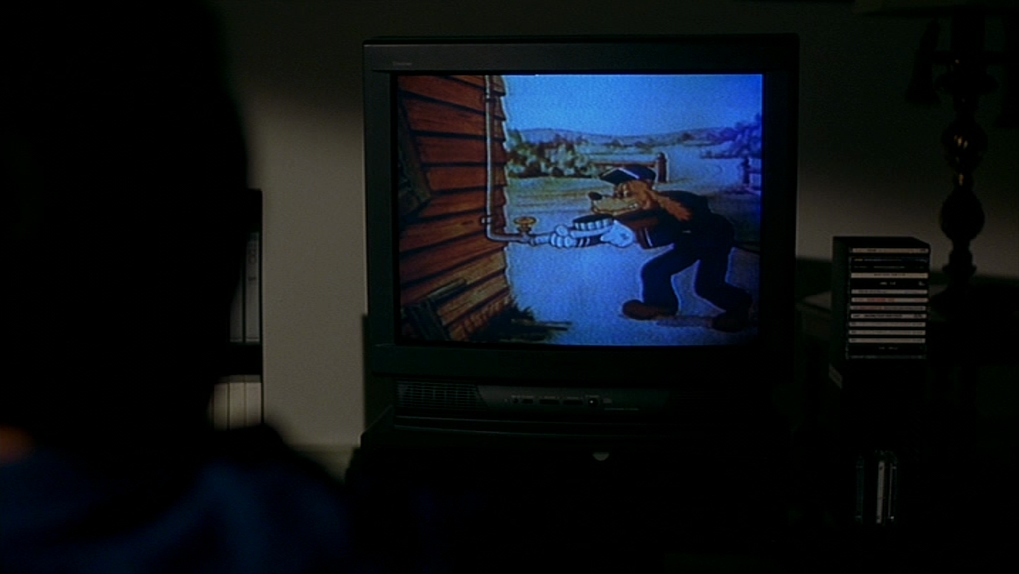Today I want to talk about 1999 English film Ghost Dog: The Way of the Samurai written and directed by Jim Jarmusch. The film was an international co-production between the United States, France, Germany and Japan
DURATION: 116 Minutes
WHAT IS IT ABOUT?
The film is about an African-American Mafia hit man who models himself after the samurai of old Japan finds himself targeted for death by the mob. It stars Forest Whitaker as the title character, a hitman for the mafia who adheres to the ancient warrior code of the samurai, as outlined in the book of Yamamoto Tsunetomo's recorded sayings, Hagakure.
WHY
SHOULD WE WATCH IT?
It is a crime-drama, very interesting use of violence.
Developing
intertextual narrative by constant references to cartoon, The Itchy & Scratchy
Show and books like, Rashomon and Hagakure.
Constant
referencing to the passages of Hagakure to highlight the philosophy of the
titular character.
Unique
references to past great movies like La Samourai (1967) by
Jean-Peirre Melville and Branded to Kill (1967) by Seijun
Suzuki.
If you are a fan of stylist cinema with lot of intertextual referencing this is a film for you.






Comments
Post a Comment